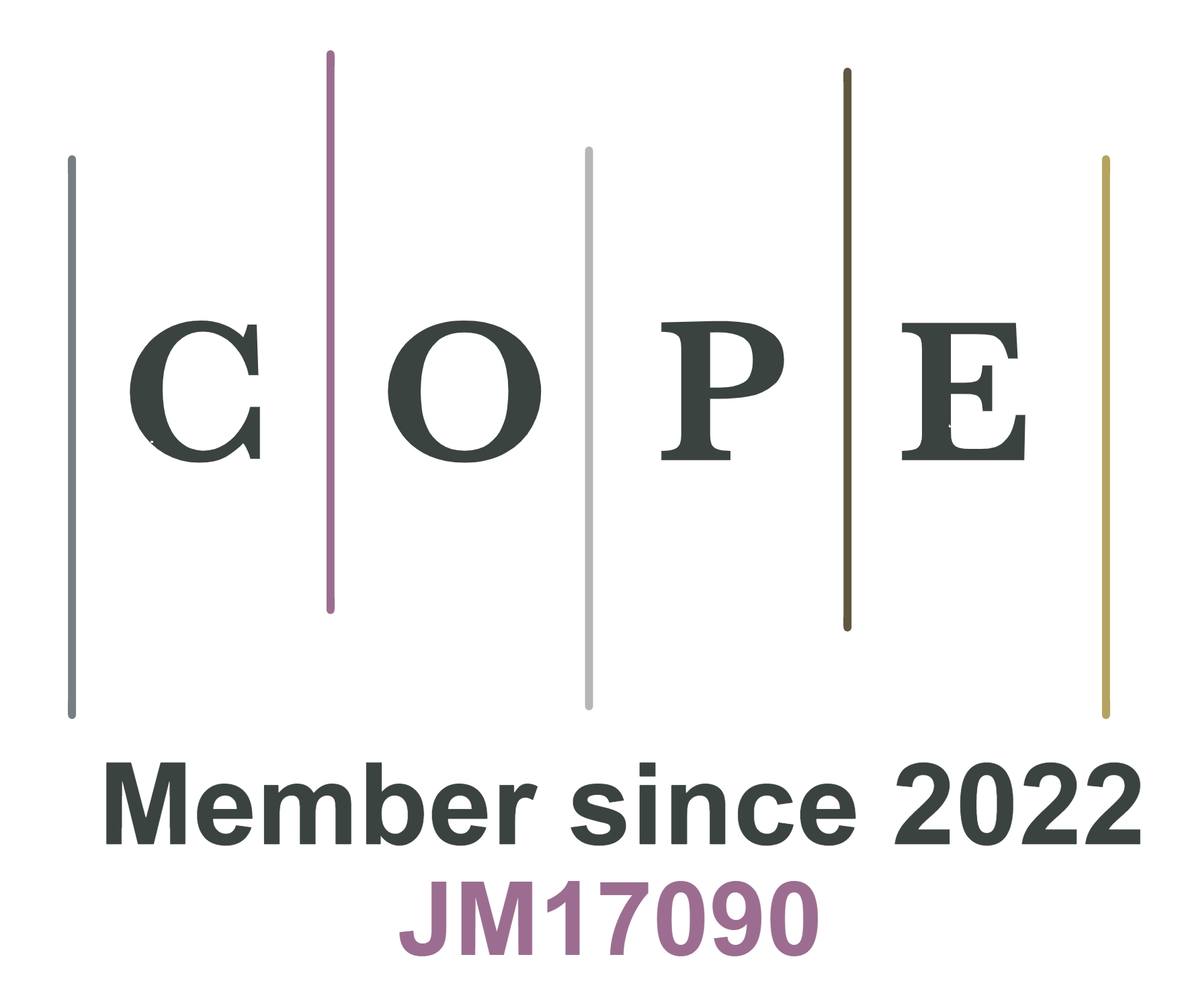REFERENCES
1. Iwashita, T.; Azuma, K. Effects of notch sharpness and depth on brittle fractures in single-edge notched bend specimens. Eng. Fract. Mech. 2016, 164, 60-73.
2. Wang, Y.; Yin, T.; Suo, Z. Polyacrylamide hydrogels. III. Lap shear and peel. J. Mech. Phys. Solids. 2021, 150, 104348.
3. Greensmith, H. W.; Thomas, A. G. Rupture of rubber. III. Determination of tear properties. J. Polym. Sci. 1955, 18, 189-200.
4. Rivlin, R. S.; Thomas, A. G. Rupture of rubber. I. Characteristic energy for tearing. J. Polym. Sci. 1953, 10, 291-318.
5. Thomas, A. G. Rupture of rubber. II. The strain concentration at an incision. J. Polym. Sci. 1955, 18, 177-88.
6. Salazar, A., Patel, Y., Williams, J. G. Influence of crack sharpness on the fracture toughness of epoxy resins. In 13th International Conference on Fracture. Beijing, China, June 16-21, 2013. https://www.gruppofrattura.it/ocs/index.php/ICF/icf13/paper/viewFile/11464/10843. (accessed 2025-09-05).
7. Moore, D. R., Williams, J., Pavan, A. Fracture mechanics testing methods for polymers, adhesives and composites; Elsevier, 2001. https://shop.elsevier.com/books/fracture-mechanics-testing-methods-for-polymers-adhesives-and-composites/moore/978-0-08-043689-0. (accessed 2025-09-05).
8. ASTM D5045-14, Standard test methods for plane-strain fracture toughness and strain energy release rate of plastic materials, 1999. https://www.astm.org/d5045-14r22.html. (accessed 2025-09-12).
9. ASTM D6068-10, Standard test method for determining J-R curves of plastics materials, 2002. https://www.astm.org/d6068-10r18.html. (accessed 2025-09-12).
10. ASTM D624-00, Standard test method for tear strength of conventional vulcanized rubber and thermoplastic elastomers, 2020. https://store.astm.org/d0624-00r20.html. (accessed 2025-09-12).
11. Chen, C.; Wang, Z.; Suo, Z. Flaw sensitivity of highly stretchable materials. Extreme. Mech. Lett. 2017, 10, 50-7.
12. Yang, C.; Yin, T.; Suo, Z. Polyacrylamide hydrogels. I. Network imperfection. J. Mech. Phys. Solids. 2019, 131, 43-55.
13. Zhou, Y.; Hu, J.; Zhao, P.; Zhang, W.; Suo, Z.; Lu, T. Flaw-sensitivity of a tough hydrogel under monotonic and cyclic loads. J. Mech. Phys. Solids. 2021, 153, 104483.
14. Liu, J.; Yang, C.; Yin, T.; Wang, Z.; Qu, S.; Suo, Z. Polyacrylamide hydrogels. II. elastic dissipater. J. Mech. Phys. Solids. 2019, 133, 103737.
15. Fu, Y.; Yin, T.; Qu, S.; Yang, W. Cavitation/fracture transition of soft materials. J. Mech. Phys. Solids. 2023, 172, 105192.
16. Chen, X.; Lin, J.; Yang, H.; Tang, J. Flaw sensitivity of hydrogels with dynamic covalent bonds. Extreme. Mech. Lett. 2024, 67, 102129.
17. Sun, J. Y.; Zhao, X.; Illeperuma, W. R.; et al. Highly stretchable and tough hydrogels. Nature 2012, 489, 133-6.
18. Shi, M.; Jiao, Q.; Yin, T.; Vlassak, J. J.; Suo, Z. Hydrolysis embrittles poly(lactic acid). MRS. Bull. 2023, 48, 45-55.
19. Irwin, G. R. Analysis of stresses and strains near the end of a crack traversing a plate. J. Appl. Mech. 1957, 24, 361-4.
20. Begley, J., Landes, J. The J integral as a fracture criterion. In Appeared in Fracture Toughness, proceedings of the 1971 National Symposium on Fracture Mechanics, Part II, University of Illinois, Urbana-Champaign, Illinois, August 31-September 2, 1971. https://trid.trb.org/View/138997. (accessed 2025-09-05).










